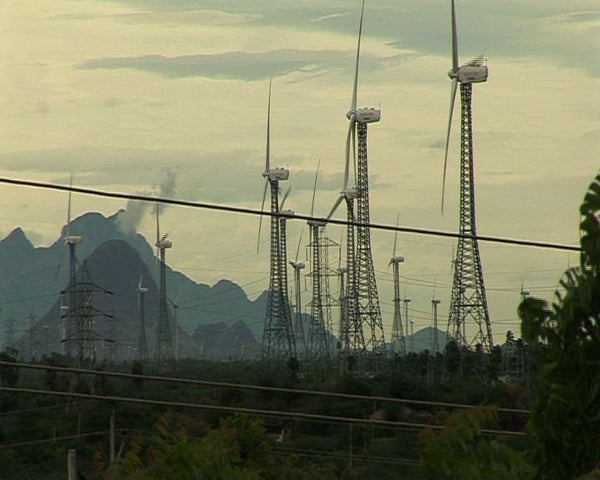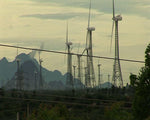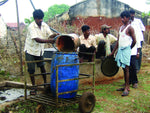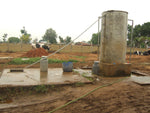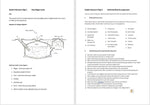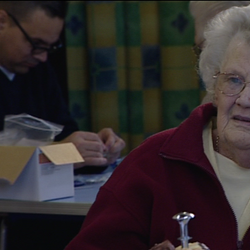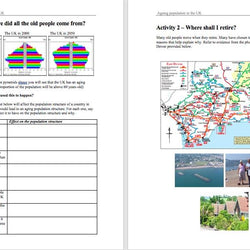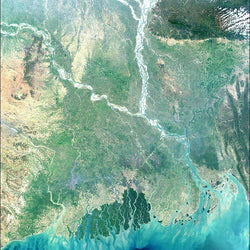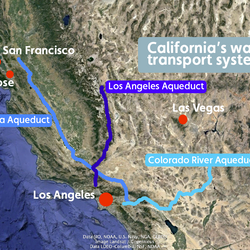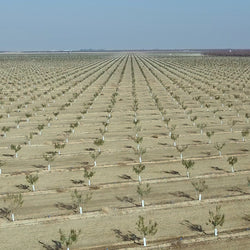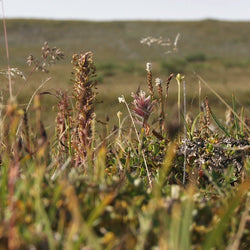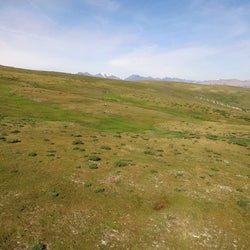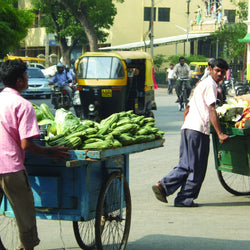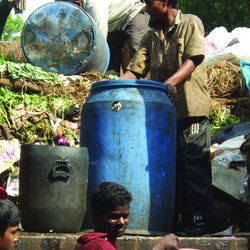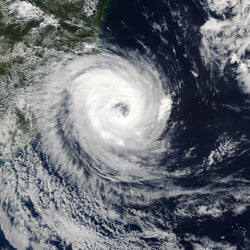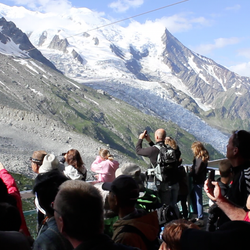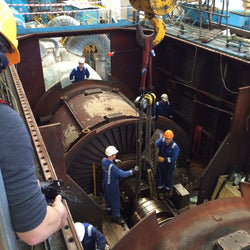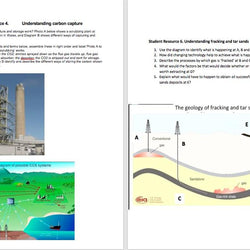Testimonials
“Informative and detailed regarding the role of renewable energy. It highlights a national and community based approach to managing energy supply. Ideal for A level.
Janet Neil,
Head of Geography, Redland High School
This, along with Pumpkin's other India titles, provides excellent case studies that will be relevant at lots of points in GCSE and A level specs.”
Ruth Totterdell,
The Geographical Association
India’s plans to link 600,000 villages to an ever growing electricity supply grid by 2012 and a strategy that expects to double the country’s electricity supplies in 10 years set the scene for this programme.
Economic growth in the sub-continent has demanded a rapid growth of energy supplies and the prospect of global climate change together with a need for sustainable sources are explained effectively in the opening sequences. The commentary carefully builds up to a point where Muppandal Wind Farm is revealed as the potential way forward - a renewable energy project that comprises 3,500 turbines in one location and has its origins in the 1980s. Large scale schemes are questioned and the way the government’s tax incentives and private investment approaches have operated alert the pupil to the needs of local people, the poor who have rarely had access to electricity and the ever growing demands of an industrialising nation.
Biogas technology is presented as both simple and effective at a local scale with close attention to the ways India’s millions cope today. Political decisions to provide gas burners are criticised as examples of inadequate top down meddling and the development of aerobic or anaerobic fermentation units are shown to be the way forward. Appropriate technology to close the development gap and the input of women and children is questioned. Reference to the well-known issues of firewood gathering and subsequent environmental degradation is made alongside a suggestion that new biogas technologies free people to become educated and ready for new economic roles.
By viewing the place of women in India’s changing economy, this programme challenges traditional customs and opens the door to class discussion. Pupils at GCSE level will benefit from a provocative approach and teachers are given ample support materials to extend the ideas actively in class. The accent is very much on thinking and questioning skills with a chance to display powers of analysis, interpretation and evaluation.
Being just 25 minutes long this programme fits comfortably into a single lesson, but pupils will benefit most if the two themes – wind and biogas are dealt with separately and then drawn together through exercises based on determining what is appropriate for India and Indians at different levels of development.
Overall the programme and lesson package is best suited to GCSE specifications that require an examination of current energy problems in Low Income Countries. However, the detailed case study approach offers direct observations of ways in which inequalities are addressed, the development gap closed and technology used to fix emerging problems discussed at A Level.
Key skills of listening, understanding and thinking are encouraged throughout by imaginative and well-structured exercises. India’s sustainable solutions to securing future energy supplies are tackled in a truly sustainable way that involves people, places and the future in a concise and meaningful way.
Russell Chapman,
Head of Sixth Form, University College School, London
Pumpkin TV has produced a package of four high quality DVDs that explore a range of contemporary themes and issues arising from India's rapid 21st Century development.
Each of the DVDs considers this from a different perspective, as illustrated by the titles. These issues allow a range of broader geographical themes to be explored: women's rights, the benefits and problems of globalisation, the impact of climate change on LEDC populations and sustainable development in rural areas. This DVD package is primarily targeted at KS 4-5 students and satisfies all current GCSE and A-Level syllabi. The materials could be adapted for use with KS 3 in some scenarios. The programmes have been well researched, written and resourced and represent an up-to-date and engaging aid to learning and teaching about development. Each DVD provides access to a range of high-quality additional teaching resources including printable student worksheets/activities.
Each DVD utilises a case study approach. The chapters provide a clear and rational structure to follow, while allowing the teacher the necessary breaks to draw out detailed learning points.
These DVDs are a useful, up-to-date and adaptable resource that would be a helpful addition to many geography departments up and down the country.
Review in Teaching Geography, Autumn 2010


